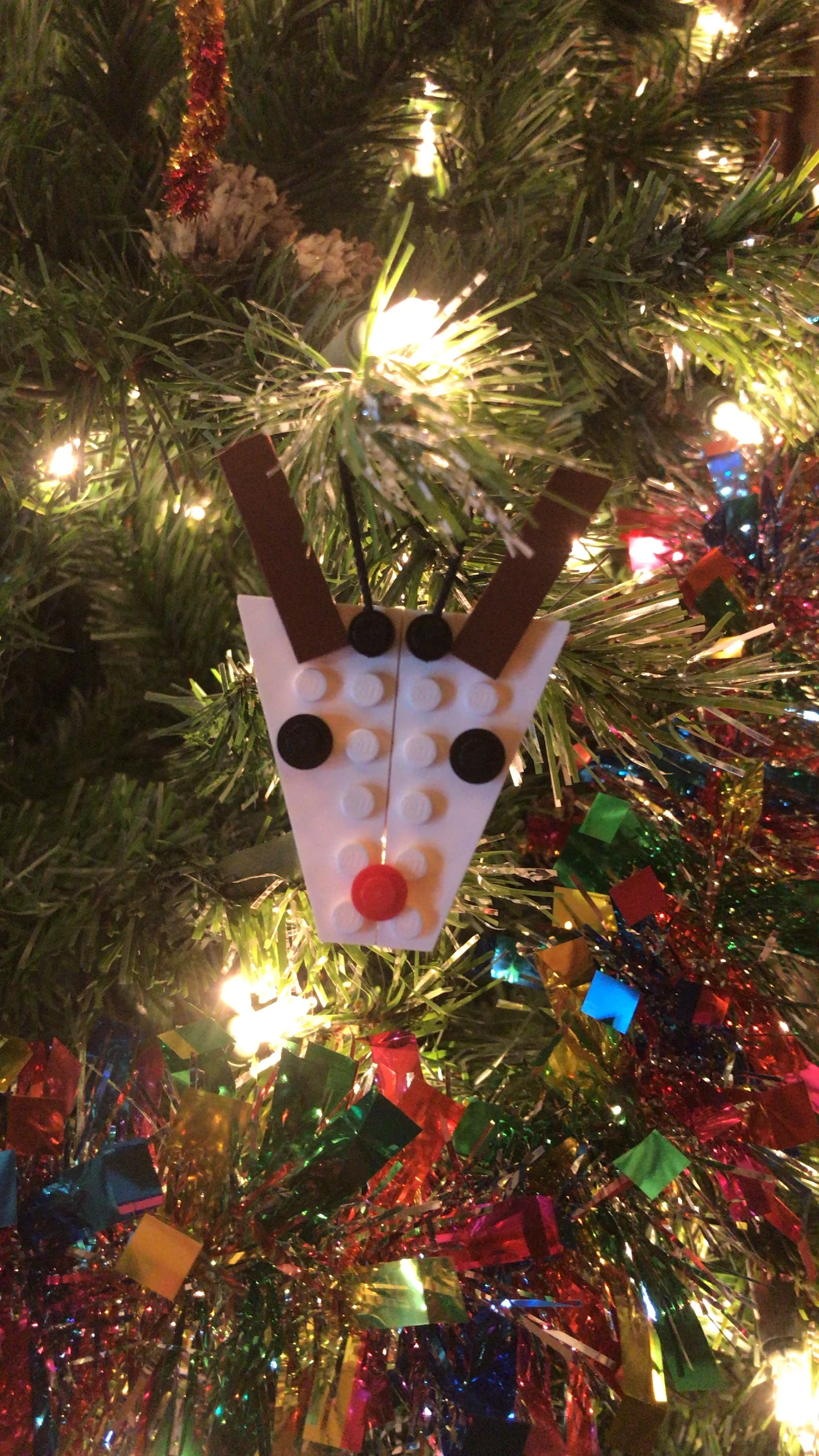This year I spent Lammas day at my favorite beach before heading home to make dinner with friends.
As a child, I remember the feeling I’d get in late summer. Each year I’d feel an imperceptible shift signaling the beginning of the end of summer. It was never anything I could explain or specifically identify, but I felt that little something extra that told me that change was afoot. It’s still the seasonal shift that I feel most strongly each year and leads me into anticipation of my favorite season: Autumn.
In high school I sent my first Groundhog Day card to my mom. It was hand-drawn with markers. I just loved the idea of celebrating a small adorable-mammal, particularly a quirky one who predicts the weather. A holiday that whimsical deserved to be playfully observed!
Ten years after sending my first Groundhog Day card, I stumbled across The Wheel of the Year - a modern neo-pagan mashup of some of the ancient practices of our fore-mothers and fathers. It resonated with me right away. There before my very eyes I was seeing the scaffolding that propped up my lived experience in both secular and Christian traditions, as well as my own lived observations of the natural world around me. Groundhog Day in the United States is Candlemas to the church and Imbolc on the Wheel of the Year. All are a hoped-for anticipation and celebration of the return of Spring and the light. That feeling I got each year as summer barely began to wane was marked on the Wheel by Lammas. I couldn’t believe that others had named this almost imperceptible sensory experience I’d felt since childhood! Secular Halloween and the Christian All Saints Day find their roots in Samhain (prounounced sow-en). And the 12 Days of Christmas find their roots in Yule.
I have a deep love and inclination towards the rhythm of seasonal ritual. Having grown up in a liturgical Christian tradition - meaning we followed a church calendar with designated holy days each year - I watched as altar cloths, candles and banners were changed with each shift in season and extra services and special rituals were performed: Ash Wednesday, Lent, Advent, etc. By observing these behaviors, I learned the value of seasonal ritual.
Upon discovering the Wheel of the Year, I was fascinated to catch glimpses of ancient ancestral ways through modern interpretations. My interest was particularly piqued given its Celtic and Anglo-Saxon roots as one whose ancestors come from the British Isles on both sides of my family tree. [The origins of The Wheel are varied. Anglo-Saxons celebrated the solstices and equinoxes and the Celts celebrated the seasonal divisions - the days offset from the solstices and equinoxes (February, May, August, and November) - with various fire festivals. The modern Wheel is a conglomeration of dates from both folk traditions]. I dove in to study it more and as I did, I learned about how humans across all cultures have celebrated harvests and held fears and superstitions of the darker fallow seasons - wondering if they’d survive them.
Finding commonalities across time and cultures, I felt how universal the human condition is: the work and struggle for survival, the hope for brighter days, the optimism in healthy animals and growing plants each spring, the gratitude for the nourishment they bring, and the careful preparation for the next dark fallow season to come. These rhythms of life have allowed for our physical survival as humans and they teach us how to survive the emotionally dark times of our lives as well. We gather in community to support and help one another, we hope for brighter days when times are dark and difficult, and we celebrate the good times and soak them up as they come to us.
As someone who loves nature dearly, The Wheel has also given me a framework for observing my plant and animal neighbors more closely as well. Because it is so agrarian and survival focused, I consider my friends outside my window more thoughtfully. When do the birds leave for warmer climes? When do the first nettles begin unfurling their prickly green leaves? When do the trees lose their leaves or come into flower and fruit? Have our neighborhood raccoons had a litter of cubs yet? They are all on the same path as us - an ongoing cycle of death and rebirth, of hope and loss, of growth and rest. Each year we have the opportunity to walk with them as we follow them round the Wheel and to learn (or relearn) lessons on how to live well, to live fully, and to live with understanding, acceptance, and grace.
The Wheel is our pattern for living. It is a mindfulness tool to teach us how to live well and that to everything there is a season. Based on our best interpretation of old ways - long forgotten and re-imagined for modern times - it is rooted in history and giving fruit to us in the present.
























